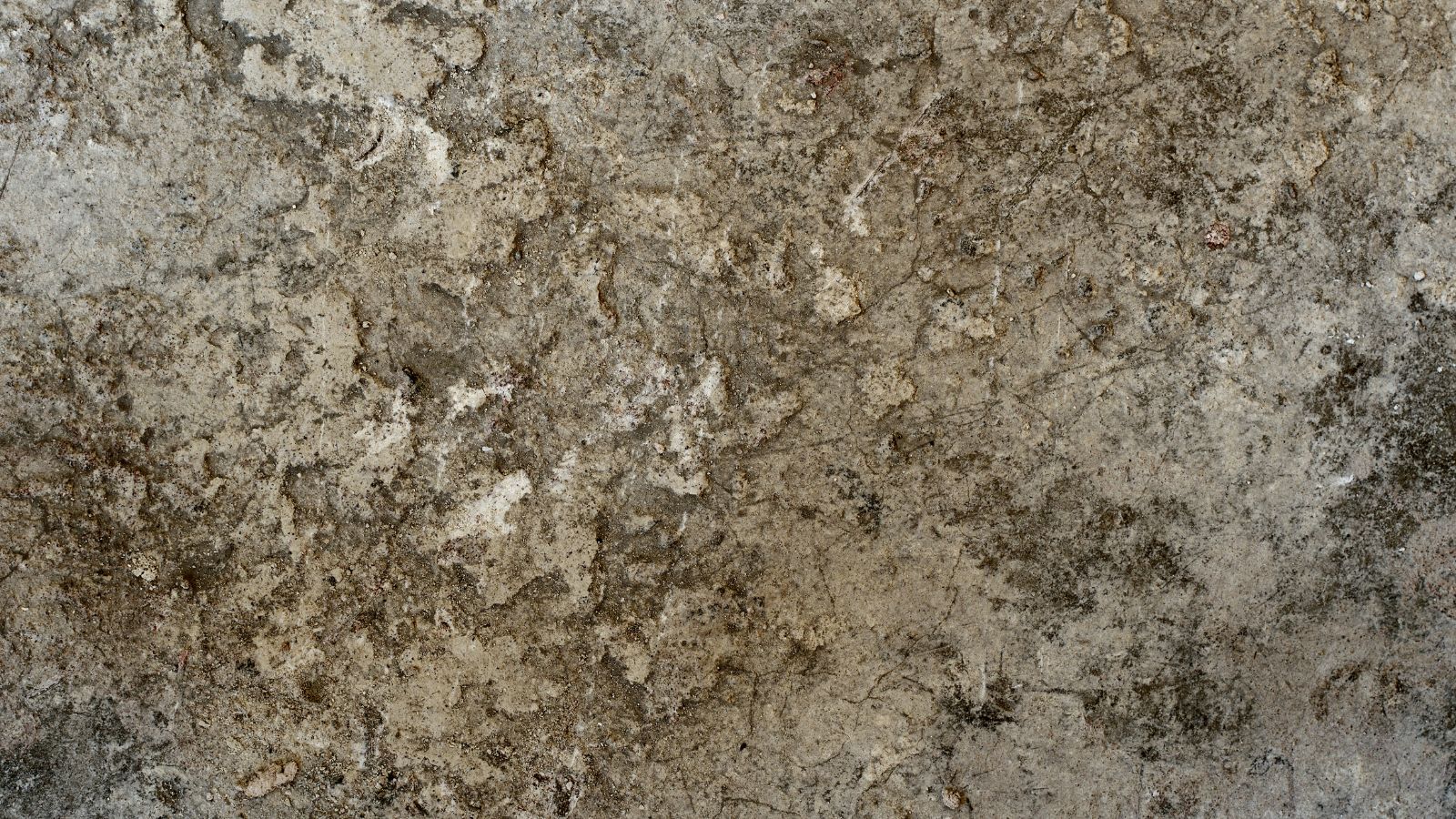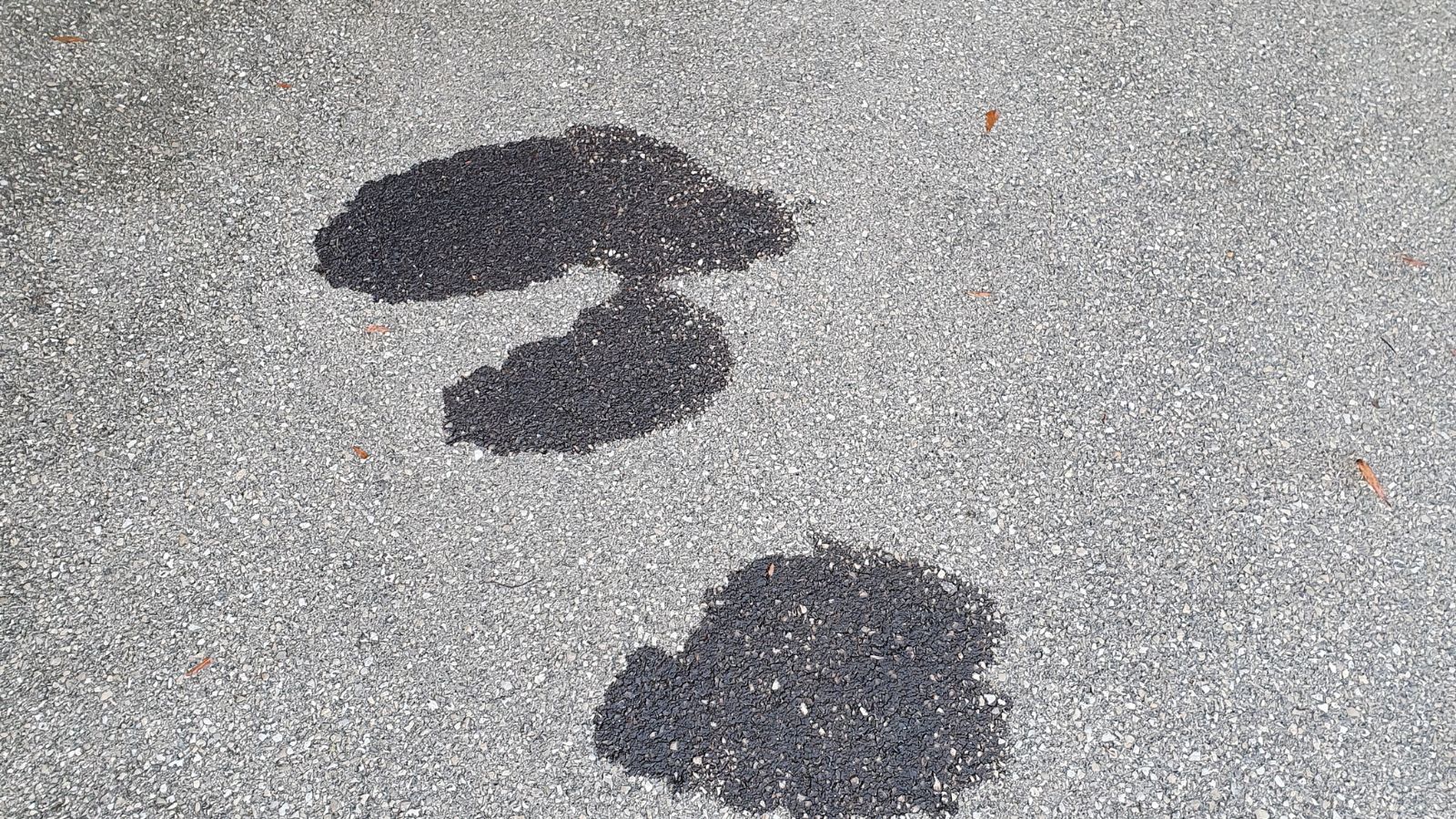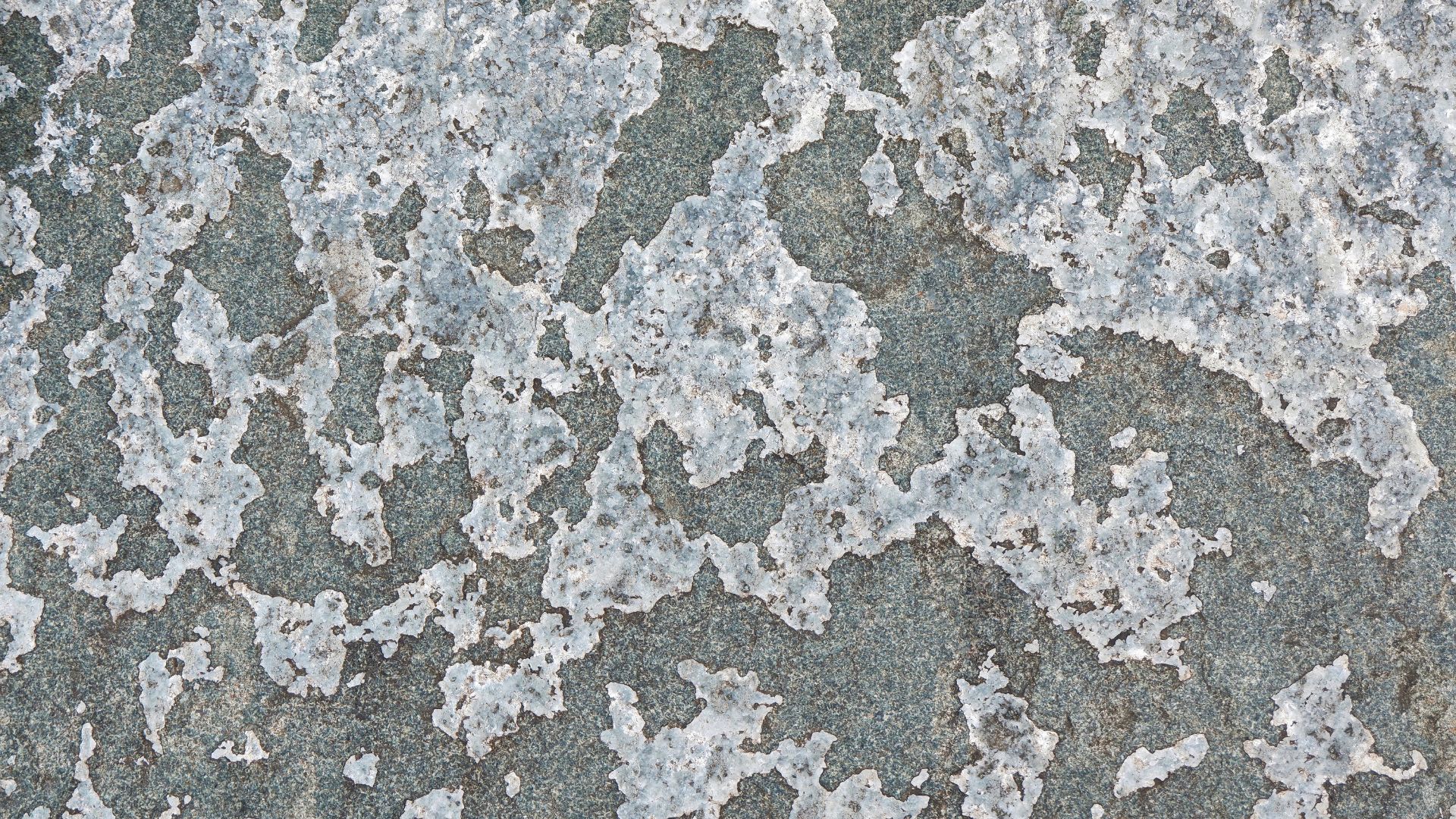Ever thought about giving your concrete surfaces a fresh, vibrant look? We’re talking about a do-it-yourself project that’s not only cost-effective but also adds a unique aesthetic appeal to your space. Yes, we’re diving into the world of DIY concrete staining.
Concrete staining is a simple yet transformative process that can turn your dull, lifeless concrete into a vibrant, eye-catching surface. Whether it’s your patio, driveway, or indoor floor, this technique can add colour and depth to any concrete surface.
Concrete Stain Do it Yourself
Concrete staining, a versatile process, imparts rich, long-lasting colour to concrete surfaces. By comprehending this concept better, DIY enthusiasts can unlock a set of creative possibilities for home improvement projects.
Types of Concrete Stains
Two primary types of concrete stains find frequent use: Acid-Based stains and Water-Based stains.
Acid-Based stains, consisting of minerals and a mild acid solution, react chemically with the concrete’s components, creating unique, marbled colour effects. Acid stains, present in a limited colour palette such as earth tones (e.g., browns, tans, terra cottas), offer a highly durable and permanent colouring option as the stain penetrates deep into the concrete.
Contrastingly, Water-Based stains operate differently and form a layer on the concrete surface instead of chemically reacting with it. These stains offer a wider spectrum of hues, including bright colours and white. Water-Based stains are preferable for those desiring more control over the end result’s colour. However, their durability depends on the concrete sealer’s quality used after staining.
 Preparing Your Concrete for Staining
Preparing Your Concrete for Staining
Success in a DIY concrete staining project hinges significantly on proper preparation of the concrete surface. In this section, readers learn the process, including cleaning, repairing cracks and spalls, and masking and protecting adjacent areas.
Cleaning the Concrete Surface
Before applying a stain, one must ensure the concrete’s cleanliness. Dirt, grease, and old sealers can all impact the stain, preventing it from soaking in correctly. This requirement means thorough cleaning is a must. Some methods include pressure washing and scrubbing using a degreaser, like trisodium phosphate (TSP). Afterward, it’s imperative to rinse the surface and allow it to dry completely, often taking at least 24 hours.
Repairing Cracks and Spalls
Repairing all cracks and spalls forms another crucial step in surface preparation. Cracks, holes, and “spalls,” which are broken chunks of the concrete surface, take away from the stain’s overall aesthetics. Filling these areas with the right repair product, like a concrete patching compound, can yield a smoother, consistent look. Once applied, the compound stands down to match the surface and then allowed to cure as per the manufacturer’s instructions.
 Choosing the Right Concrete Stain for Your Project
Choosing the Right Concrete Stain for Your Project
Selecting an ideal concrete stain impacts the project’s ultimate look and longevity. Evaluating the different types of stains, settling on desirable colours and patterns, and ensuring compatibility with the surface, yields the best outcomes.
Evaluating Water-Based vs. Acid-Based Stains
Choosing between water-based and acid-based stains determines the stalin’s impact on the concrete surface and the required maintenance.
Water-based stains, appreciated for their wide colour range, grant more control over the project’s hue. It’s also easy to clean up and environmentally friendly. Contrastingly, acid-based stains, known for their vibrant, earth-toned colours, react chemically with the concrete surface, etching everlasting colour into the material. Though cleanup might be more demanding, and a neutralisation process may be necessary post-application.
Considering the specific needs of the project, the desired aesthetic, and maintenance capabilities helps decide between these two types of stains.
Selecting Colours and Patterns
The colour and pattern of the stain significantly impact the final appearance of the stained concrete surface. Choices range from subtle, muted hues to vibrant, engaging patterns, depending largely on homeowners’ preferred aesthetic.
Colour selection hinges on personal style and the existing exterior of the property. Examples may include warm tones for rustic settings, or cool greys and blues for contemporary homes.
